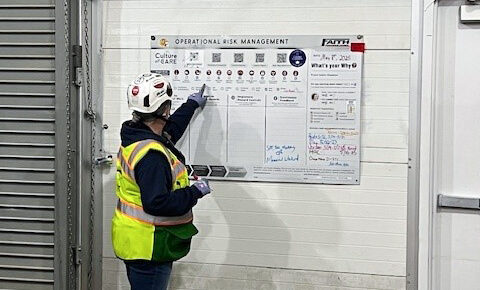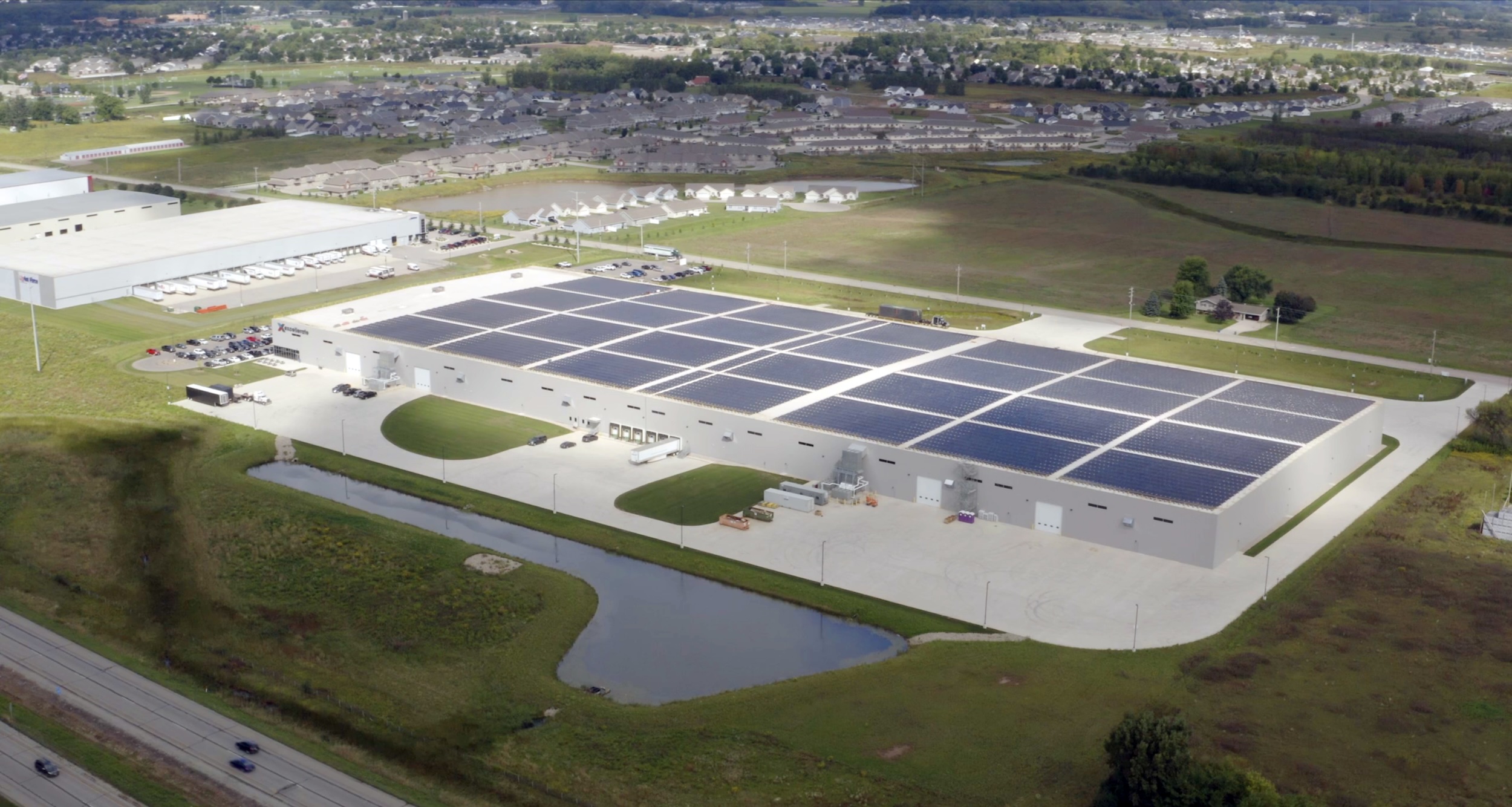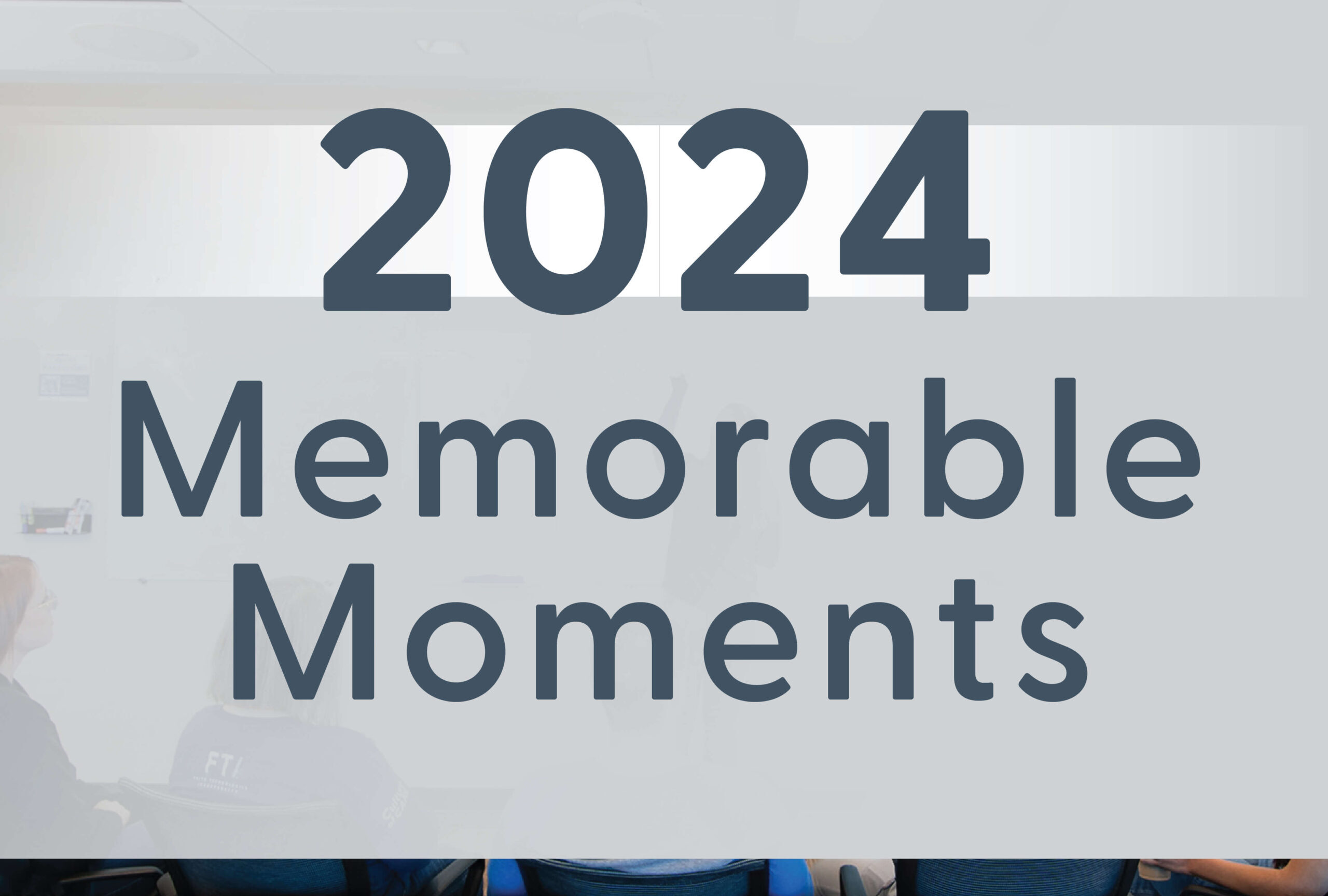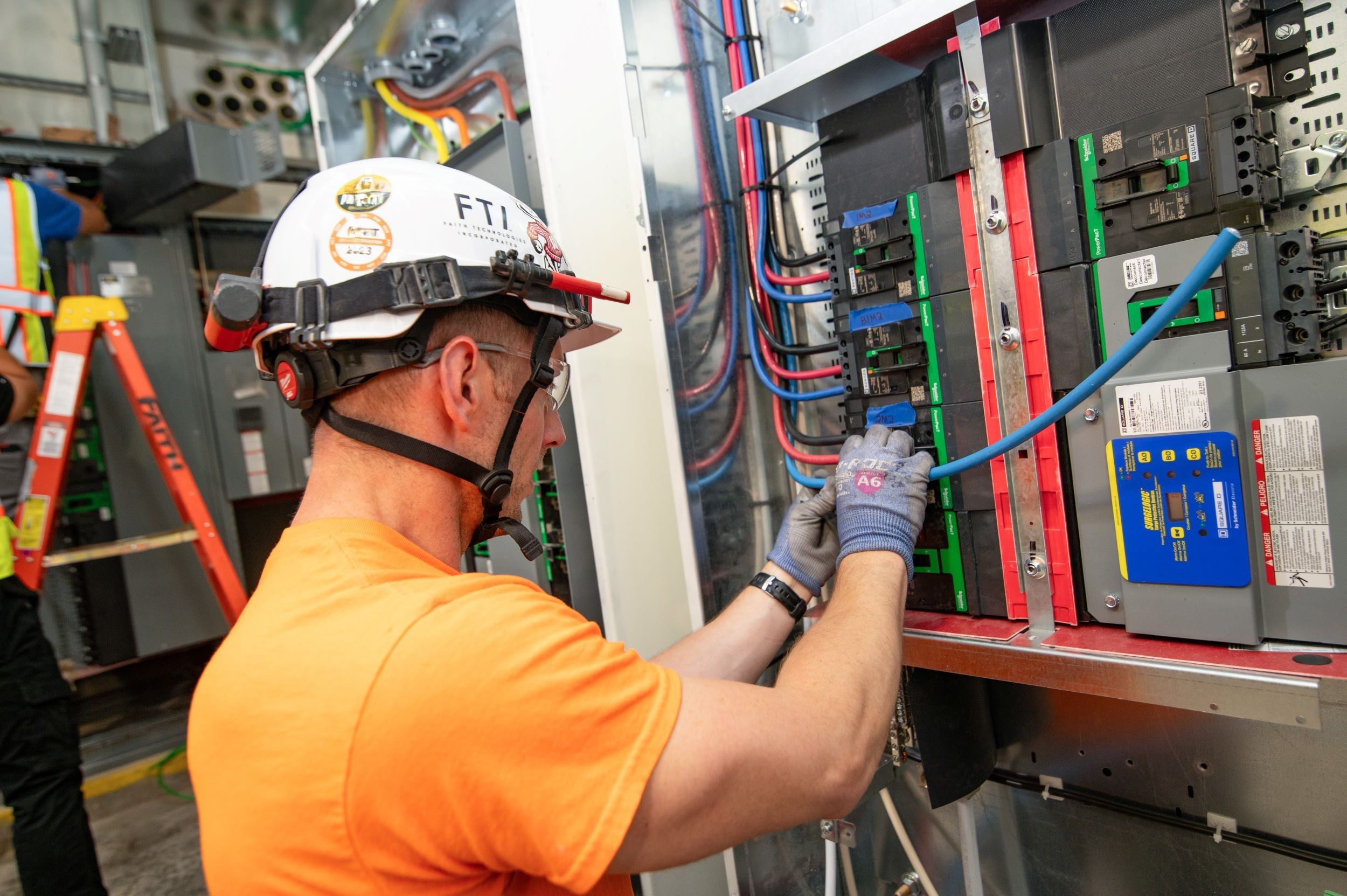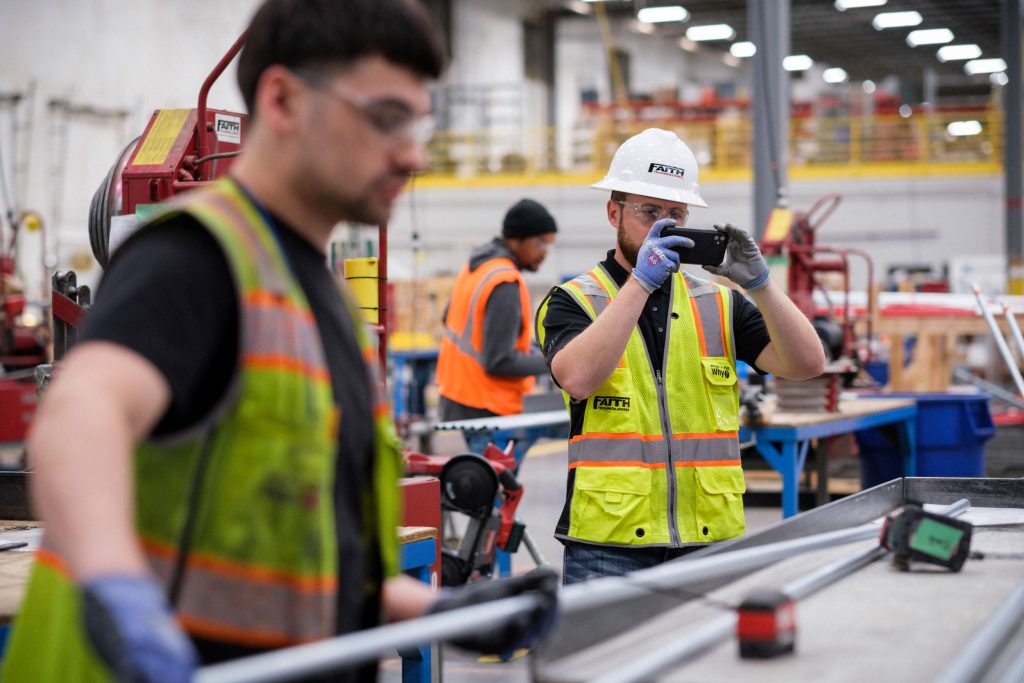
In the challenging world of construction, where workers face numerous hazards and complex tasks, there is an often-hidden peril that compromises workplace safety—incremental justification of hazardous work. This occurs when workers become desensitized to the risks associated with their tasks due to repeated exposure and familiarity. Over time, this complacency erodes safety protocols and increases the likelihood of accidents and injuries. In this article, we’ll look at the dangers of incremental justification in the construction industry and discuss practical strategies to counteract it.
Understanding Incremental Justification in Construction
Incremental justification poses a unique challenge within the construction industry, where workers encounter a diverse range of hazards. Over time, repeated exposure to tasks such as working at heights, handling heavy equipment and navigating confined spaces can breed complacency. Workers, particularly those with extensive experience, may begin to overlook safety protocols, underestimate risks and gradually normalize hazardous work practices. This gradual erosion of safety consciousness creates an environment ripe for accidents and/or injuries.
The Slippery Slope of Complacency
Incremental justification occurs when workers gradually downplay the risks of their tasks due to frequent exposure. This dangerous mindset leads to complacency and a false sense of security, ultimately compromising safety. Workers start viewing hazardous tasks as routine, neglecting to give them the attention and caution they deserve. With each instance of incremental justification, the risk of accidents and injuries increases.
Working at Heights
In construction, workers frequently find themselves operating at significant heights. At FTI, we work to mitigate these risks through the application of designs to eliminate work at heights as much as possible and employing use of ladders as a last resort with our ‘Ladders Last’ policy. Even with these policies, some work at elevated heights still exists. Over time, experienced workers may underestimate the inherent risks associated with working at these elevations. Incremental justification can lead to a disregard for fall protection measures, inadequate scaffolding inspections or improper use of safety harnesses. Tragically, a momentary lapse in attention or an oversight born out of complacency can result in a devastating fall.
Prevention and Mitigation Strategies
To combat the incremental justification of hazardous work and enhance construction safety, we’ve adopted a multi-faceted approach that encompasses the following strategies.
- Continuous Training and Reinforcement – Implementing regular and comprehensive safety training programs is critical. These programs emphasize the specific risks associated with jobsite tasks, highlight the importance of safety protocols and provide practical examples of the consequences of incremental justification. By nurturing a culture of safety through ongoing education, team members can remain vigilant and make informed decisions about their daily tasks.
- Robust Safety Inspections and Hazard Assessments – Conducting frequent safety inspections and rigorous hazard assessments are essential preventive measures. By systematically identifying potential risks, we can address hazards before incremental justification takes hold. Prompt action to implement control measures, such as improved signage, enhanced barriers or equipment modifications, can significantly reduce the risk of accidents and injuries.
- Encouraging Reporting and Communication – Fostering open lines of communication is vital for detecting and addressing emerging risks promptly. FTI has established reporting mechanisms that enable workers to share near misses, potential hazards and safety concerns, allowing us to take proactive measures before an injury occurs. Daily Operational Risk Management (ORM) meetings, toolbox talks and safety communications create platforms for dialogue, empowering team members to actively participate in maintaining a safe environment.
- Job-Specific Safety Planning – Recognizing the unique hazards on each jobsite and tailoring safety planning accordingly is crucial. Each site must have comprehensive safety plans, risk assessments and emergency response protocols in place. Ensuring team members have the necessary resources, training and equipment specific to their tasks helps combat incremental justification and furthers our culture of safety awareness.
The threat of incremental justification in construction cannot be overlooked. By understanding its insidious nature and implementing comprehensive strategies, safety teams and team members together can fortify workplace safety. Combating complacency through continuous training, proactive hazard identification, open communication and meticulous safety planning can pave the way for a safer construction industry. Together with other safety-conscious organizations, we keep safety at the forefront of all we do, leaving no room for incremental justification and safeguarding the well-being of our teams.
If you enjoyed this blog article, please subscribe to stay up to date on the latest industry news from our experts at FTI.




